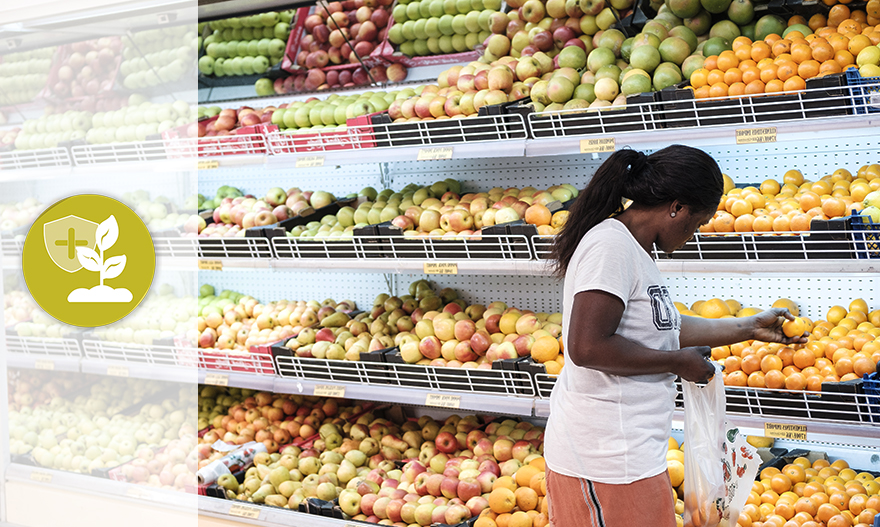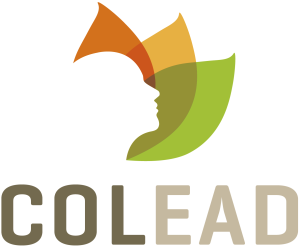
Assessment of sanitary and phytosanitary risks (Intermediate level)
Estimated duration : 13h30
The intermediate level of Route 1 (Assessment of sanitary and phytosanitary risks) consists of six activities. Each activity includes a text to read, followed by a test comprising a few simple questions to measure your mastery of the subject. At the end of the intermediate level, a summary test will be offered to you. Its results will determine your access to the advanced level.
First, we will introduce you to the general regulatory framework, standards and international agreements that govern and facilitate trade. Their purpose is not only to prevent the spread of pests and pathogens, but also to provide a guarantee of food safety for products crossing borders.
Next, we will discuss the key concepts of sanitary and phytosanitary safety, and current approaches to managing it. We will see which institutions are in charge of setting global standards for agricultural product quality and safety.
Then, we will identify the nature and main sources of biological, physical and chemical hazards, and learn about the risks associated with the spread of pests and the protective measures required.
Finally, we will discuss the concept of risk analysis, and the importance of national governments basing their management measures on relevant risk assessments.

Assessment of sanitary and phytosanitary risks (Advanced level)
Estimated duration : 13h30
The advanced level of Route 1 (Assessment of sanitary and phytosanitary risks) consists of six activities. Each activity includes a text to read, followed by a test comprising a few simple questions to measure your mastery of the subject. At the end of Route 1, a summary test will be offered to you. Its results will determine your access to the certification test.
This section considers three components of risk analysis that we briefly discussed at the Intermediate level. In describing the general methodology to follow and its different steps, we will first consider what scientific risk assessment consists of, where and how to find the necessary information, and how it differs in its risk management objectives.
We will also apply these broad principles in the context of a specific pest risk analysis. We will then discuss the key elements of risk management and risk communication.
Finally, we will consider the nature and importance of communication – both between risk assessors, and between risk assessors and risk managers.

